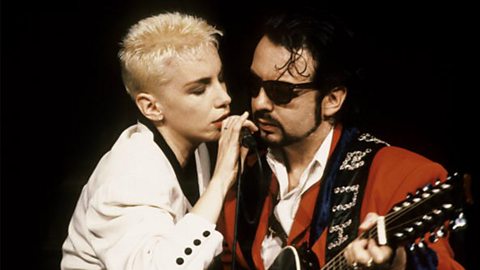With todayÔÇÖs audio streaming and social media apps, music discovery has never been so easy. But it wasnÔÇÖt always like that.
In the early 1980s, music lovers would mostly rely on a handful of radio stations, record shops, magazines or weekly TV shows. In America, however, things were about to change with the launch of MTV (Music Television) in August 1981.
40 years on, we take a look at how TV gave us the constant access to pop that we know today.
Music on screen: In the beginning
In the 1950s and1960s, rock ÔÇÿnÔÇÖ roll was the soundtrack, and TV wanted its share of it. Early British music programmes like Oh Boy! and Ready Steady Go! featured live performances by some of the biggest bands of the time, as well as games and other forms of entertainment.
In 1964, music chart programme Top of the Pops was born. It included performances of that weekÔÇÖs top songs, and was an opportunity to catch then new stars like The Rolling Stones, Stevie Wonder and The Supremes.
At this point, music videos as we know them didnÔÇÖt feature at all ÔÇô acts performed in the studio. Throughout the 1960s and 1970s, only established stars like The Beatles or Queen made the occasional video, in order to meet the demands of television shows.
Towards the end of the 1970s, advances in technology made videos cheaper to make, and many new acts ÔÇô particularly in the UK ÔÇô started to see having a video as their chance to stand out.
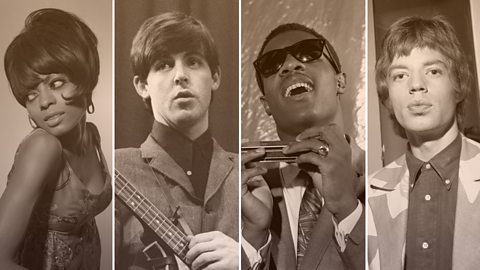
A simple concept
Meanwhile, in the USA, plans for MTV were beginning.
The concept was simple ÔÇô non-stop music videos, 24 hours a day. But, as part of AmericaÔÇÖs cable television, MTV would rely upon advertising to survive, and many were convinced it would fail. After all, who would want to watch pop videos all day?
In 1981, the first track was played on MTV ÔÇô a UK number one hit that had barely broken the Top 40 in America. But with its title alone ÔÇô ÔÇÿVideo Killed the Radio StarÔÇÖ ÔÇô The BugglesÔÇÖ track was just the mission statement the channel needed. With not many videos to choose from, at first only a limited number of songs were played on rotation. But help was on its way ÔÇô from the UK.
ItÔÇÖs a hit!
First to feel the ÔÇÿMTV effectÔÇÖ were UK artists who had already been making music videos. With a whole dayÔÇÖs worth of music to play, MTV relied upon the UK, giving smash transatlantic hits to acts previously unknown to the US, like Soft Cell, Duran Duran, Kim Wilde and Adam Ant.
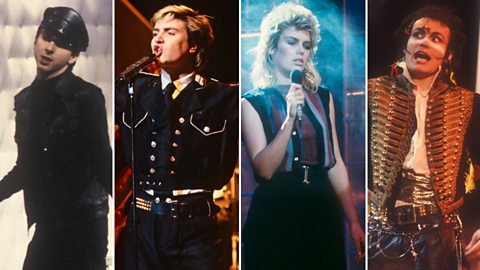
As the importance of having a video grew, record labels would spend whatever they could to get their acts noticed. Cheap but charming videos were quickly replaced by slick, mini music movies featuring special effects, amazing locations and special guests.
Some fans questioned this development in pop. Did videos now matter more than music? But however anyone felt, the days of music without video appeared well and truly over.
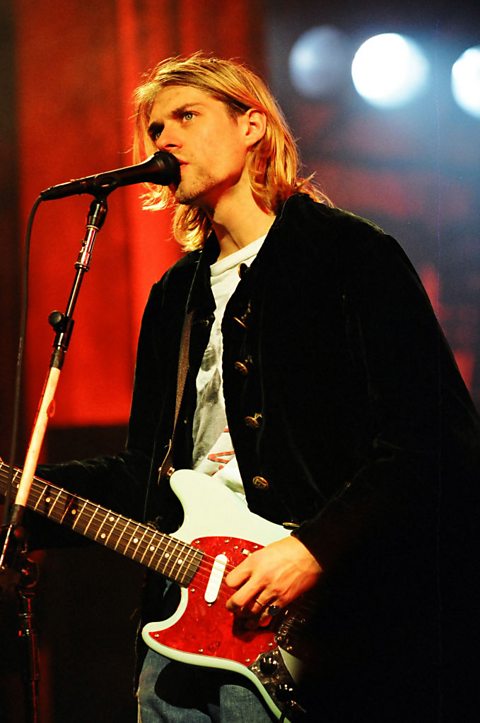
MTV goes global
While MTV ruled the USA, weekly UK music programmes were still going strong.
The UK might have lacked a 24/7 music channel, but shows like The Tube and The Chart Show kept music lovers entertained with a mixture of live performances and videos.
In 1987, MTV arrived in the UK. At first only available on BritainÔÇÖs fledgling satellite television, its reach was limited, but it grew in the 1990s as satellite TV became more widespread in family homes.
In that decade, genres like hip hop and R&B thrived thanks to exposure on MTV, while underground acts like Nirvana were catapulted to mainstream audiences.
Soon it became hard for audiences to imagine any other way of hearing new sounds But nothing stays at number one forever.

A different model
Over the 1990s, more and more channels playing non-stop videos emerged, and soon you could watch rolling programming devoted just to your favourite genre. MTV moved away from pop to produce reality shows, comedies and animations.
With the growth of the internet in the 21st Century, even more ways to discover new favourites emerged. Platforms like YouTube have made music videos even more accessible, also allowing musicians to share content and grow a following. Soon, the idea of waiting for a TV station to show the song you loved seemed dated.
2021
Today, viral dance routines on TikTok become associated with a song, creating a visual connection, much like a music video. In a recent study conducted by TikTok across UK, France, Germany, Italy and Spain, 80% of users asked said that the platform is ÔÇ£the number 1 place for music discovery - more than any other digital platformÔÇØ.
MTV and the weekly pop shows before it can seem very last century, but who knows ÔÇô maybe the way we consume music now will change as quickly too. Because as weÔÇÖve seen, the next big thing is always just around the corner.
Lucy Edwards: My disability, my career and me
TikTok influencer and journalist Lucy Edwards gives the low down on her career.

Classical music is everywhere in pop culture if you look hard enough.
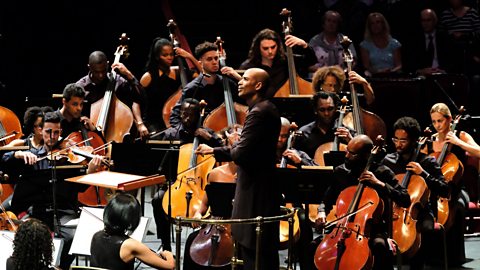
British pop music
KS3 Music
